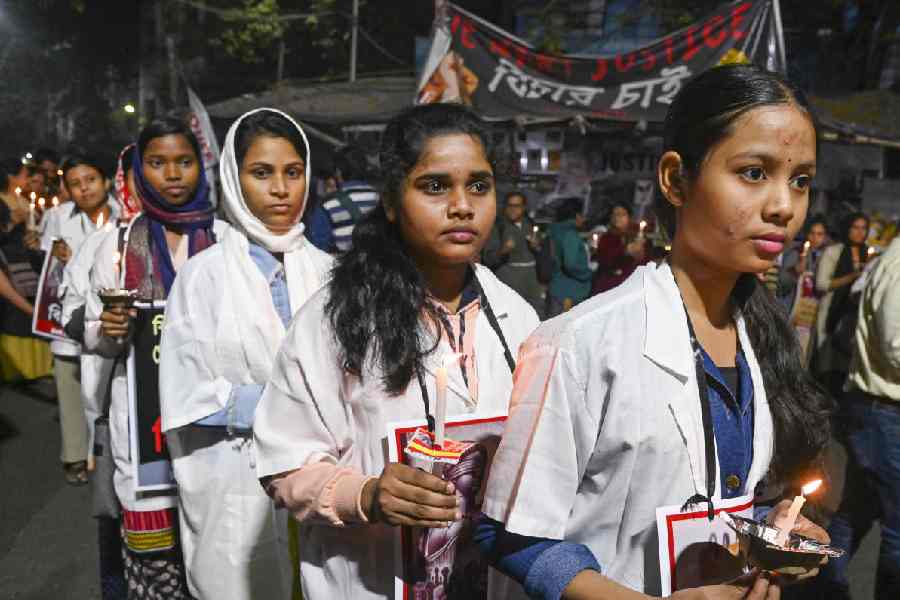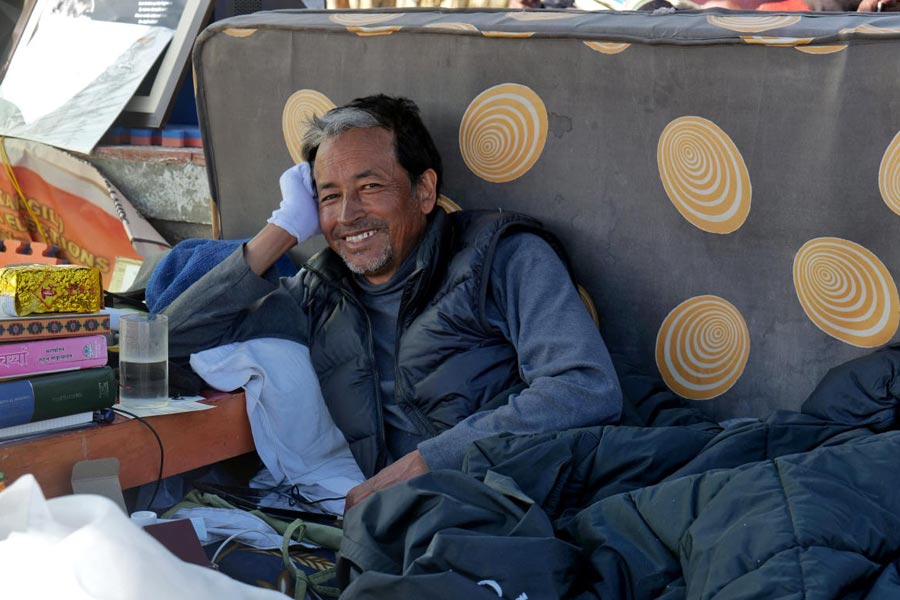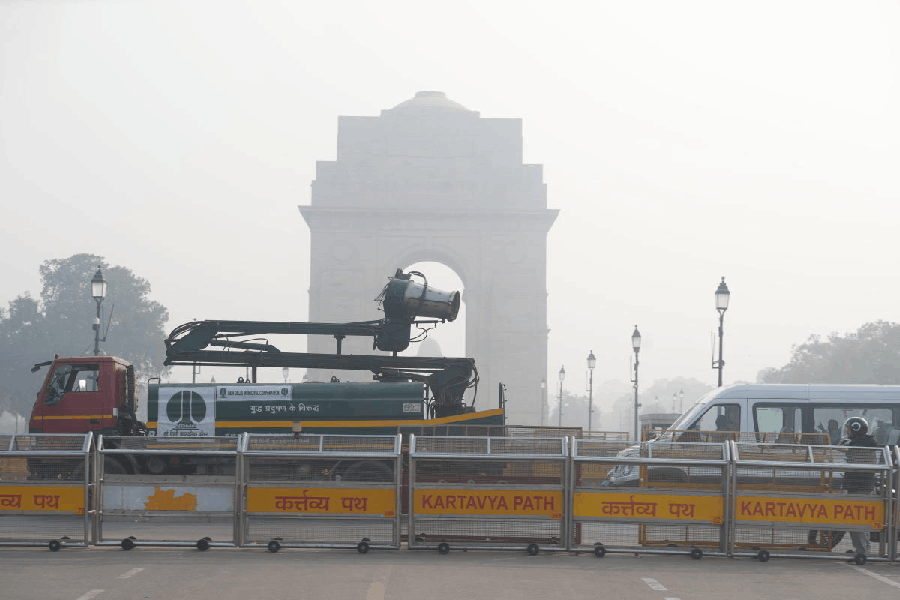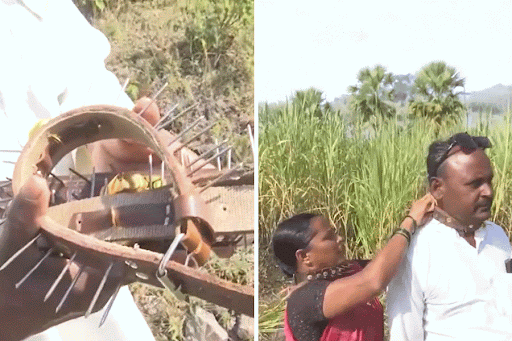The Aparajita Woman and Child (West Bengal Criminal Laws Amendment) Bill, 2024 was returned by both the president of India and the governor of West Bengal within the first year of the rape and murder of a doctor on duty at the R.G. Kar Medical College and Hospital which prompted it. The anti-rape bill was, in a sense, absolute as the objections to it indicate. It changed the Bharatiya Nyaya Sanhita’s law against rape, in which the sentence was a minimum of 10 years. The bill made that into imprisonment for the rest of life or death. This was officially considered too harsh. It certainly smacked of having been formulated in the headiness produced by the massive popular protests. The bill removed the distinction between penalties for rape of girls under 16 and 12, thus erasing the principle of proportionality in sentencing. Most important, it recommended a sentence of death for those convicted of rape and murder. That eliminated the discretionary power of courts, which practise an individualised approach to the crime.
Even the strict Criminal Law (Amendment) Act, 2013, formulated after the rape in a Delhi bus and ultimate death of a student in 2012, reserves the death sentence for a person convicted of repeated rape. But neither the 2013 law nor the Aparajita bill resulted in any change in the dangers that women face every day. A BBC report shows that there had been a big increase in crimes against women in India between 2012 and 2021. Laws, bills, huge public outcries evidently mean nothing. For example, within a year of the R.G. Kar Hospital case, there was a sexual assault case in the South Calcutta Law College, showing that institutions are still unsafe for women. Ultimately, the issue is of prevention, not just punishment after the event. Laws and bills can only function as an indirect method of raising awareness; they cannot change society.
But changing the ground realities can increase women’s safety. Providing security for women in institutions will depend on the nature of the institution, especially as security guards are repeatedly turning out to have criminal propensities. Time schedules, lights in dark areas, alarm fixtures — there are numerous ways in which institutions can discharge their responsibility. Not in the city alone, but also in towns and villages, the government, the municipalities and the panchayats should be especially active in the prevention of crimes against women. Awareness should be introduced at the school level, to boys as much as to girls. Crimes against women in villages, for example, seldom get the attention of the media and the police that is accorded to city cases. So the government should also be attentive to arrangements for the protection of women and girls outside the city. The measures everywhere must be specific, not limited to vague and impractical promises. The allocation and proper use of funds for these measures in each space of work and travel could take these reforms forward.
Another relevant issue must not escape the public discourse. Legislations that are being passed as deterrents to crime against women in response to spirited public protests seem to be failing the legal test. This underscores the need for governments to institute structural reforms by shunning the motive of populism.










